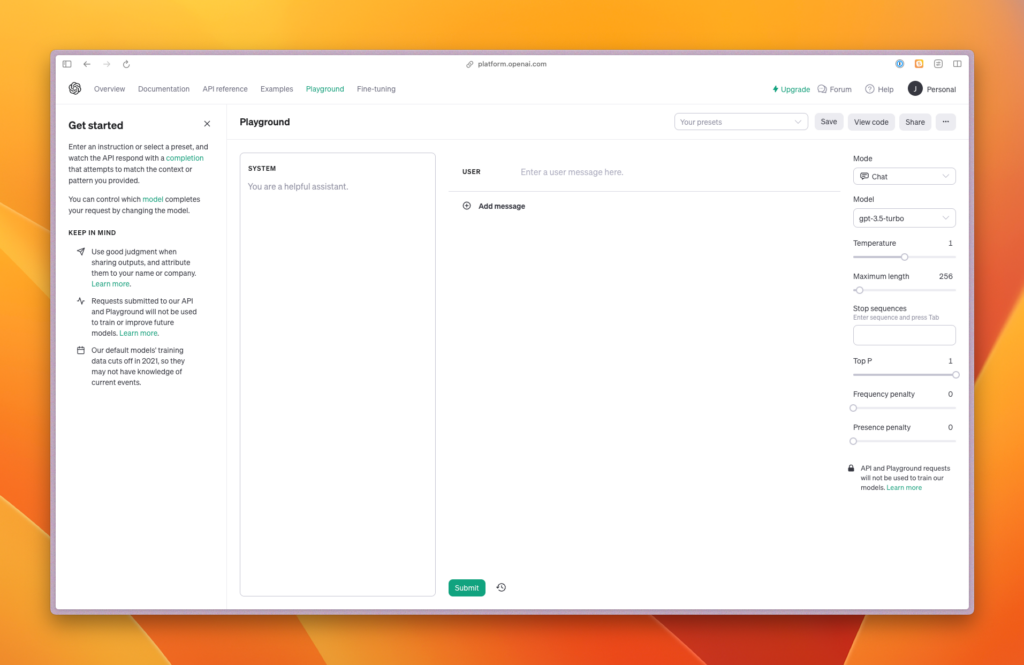The Power of Costly Signalling (or, How Cookies Got a Guy Hired)
Your message is only as strong as how you deliver it. Just ask Julian (and his famous cookies).
Read more
There is no escaping AI-written content and if you're not using it, you're being left behind. However, there are a few buts...
AI content is really easy to create today. And the content is pretty good, too. It’s so good that it’s now table stakes for all the content we create, from blog posts, sales collateral and emails to LinkedIn posts and video scripts. You name it.
However, in a world where everyone has access to ChatGPT, Bard, and the many AI writing tools, the sea of boring is starting to rise.
If you’re going to use ChatGPT for your content and don’t want to sound boring, you need to understand what ChatGPT and AI is.
“What’s an LLM, Jason?” (This is important. So stay with me for a second.)
LLM stands for Large Language Model, designed to understand and generate human-like text.
It’s trained on vast amounts of data (and I mean VAST. Like ginormous.) from books, articles, and websites, which helps it learn patterns and relationships between words and phrases.
You can think of it as a really, really, REALLY smart autocomplete.
What you should also do to understand how ChatGPT works is to use the ChatGPT playground.

Try to see what happens when you ask the same question but change the Temperature, Top P, Frequency Penalty or Presence Penalty.
Temperature controls the randomness. If you lower the score, the more repetitive and deterministic it will become. Raise it and see how it seems to take matters into its own hands. 🙂
The Frequency Penalty allows you to tweak the model so that it decreases the model’s likelihood of repeating the same lines or words. The higher the penalty, the higher the chance that it won’t repeat words or phrases it’s already said.
Or the Presence Penalty, where the higher the penalty you set, the more likelihood you’ll get the model to talk about new topics.
It also has shortcomings. I highly recommend you read OpenAI’s FAQs on ChatGPT.
Ok, now that you understand it a little better, here are a few things where we humans still have an advantage over AI-written content.
Like in this article, you’ll see some of my voice, style and subtle jokes being thrown in, along with some facts that make it more memorable than if I had ChatGPT write all of it.
And that’s the balance we’re after. Use it to help, but handing it all over will end in big computer tears.
I’ll leave you with this meme to brighten your day. 🙂

We’d love you to share it with your friends, colleagues or your marketing team.
